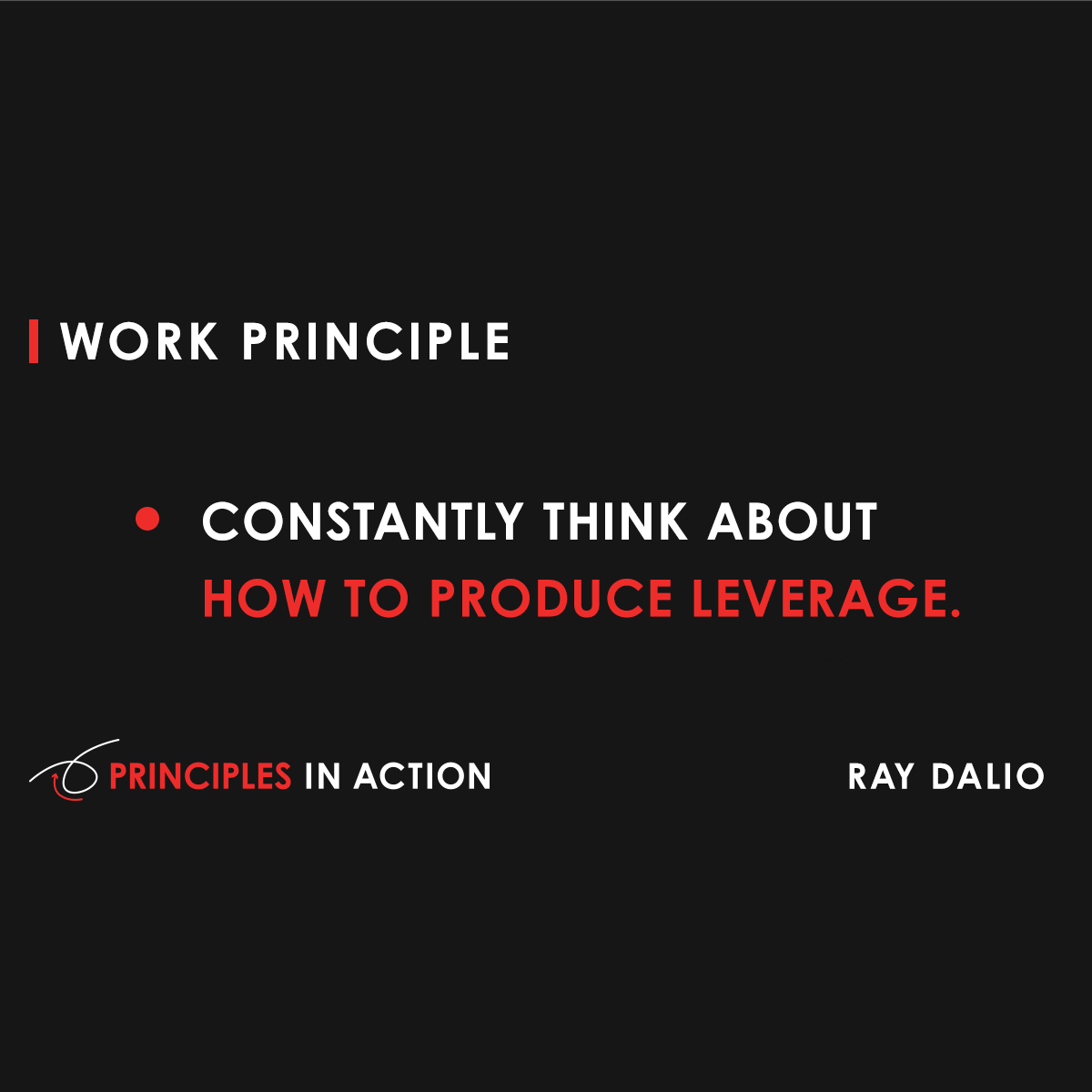- Beyond Data
- Posts
- BD #26 - 4 Questions to Boost Productivity
BD #26 - 4 Questions to Boost Productivity
Get more time back and supercharge your data and analytics teams

In this issue of Beyond Data, we’re going to talk about how to handle and boost productivity - both as a manager and as a team. But first, I have a small question to ask:
What topics would you like to read more about?I want to make this newsletter as valuable as possible; what would you like to see more of |
Boosting productivity for data and analytics teams
One thing many data and analytics leaders seem to struggle with is time management, task juggling, and being more productive. I get it; running data teams is hard. There’s a lot of context-switching and mixed concerns to handle. One minute you’re translating from tech-speak to the board; the next, you’re knee-deep in data quality issues and pipeline failures.
In this article, we will discuss a four-question process that I use when I’m feeling I could be delivering more and helping my teams enhance their weekly productivity. By adopting this process, you can avoid burnout and ensure that you’re aligned focusing on the most crucial aspects of your work.
Effective productivity management relies on robust systems that promote good habits. However, many professionals struggle to manage their time effectively, leading to several challenges:
Context switching - Constant distractions from emails, messages, etc., disrupt your workflow and waste valuable time.
Misplaced focus - Spending time on tasks that seem productive but don't contribute significantly to your goals.
Burnout - Balancing a demanding job, side projects, and content creation for social media.
Personal vs. system productivity
I want to first highlight something from the Lean movement that is mentioned throughout Eric Reis’ The Lean Startup (an excellent read for all leaders):
Individual performance is not nearly as important as the overall performance of the system.
Many managers and techies, in general, seek to eliminate as many meetings and process steps as possible so they can spend all their time doing their individual task - coding for example. You’ll hear senior tech folks complain they’re rarely getting the time to “get their work done”. But while this comes from a good place, it’s often misguided. Most of the difficulty in what we do isn’t just the tech delivered but in understanding what to deliver in the first place.
If you’re measuring your productivity by some narrow metric like hours spent coding or features delivered, you’re probably optimising the wrong thing. Building people’s understanding, learning about the context, exploring the solutions available, and communicating all of that to the team is key to a productive whole.
You should, however, seek to leverage your team’s time by passing tasks from scarce/expensive to plentiful/cheaper resources. That is, your most senior people should be chunking down the work and cascading that down the teams. For example, every hour of work by the Chief Data Officer should create 20-50 hours of work for the team to deliver. Ray Dalio calls this leverage and expands somewhat on it here:
4 Questions to improve your productivity
With all that said, it is essential to consider personal productivity and how yours might be leaking away. I use these four questions to keep my teams and me on track.
Question 1 - What can I eliminate?
Start by reviewing your calendar and identify any unnecessary meetings, low-priority tasks, or non-urgent favours that do not align with your primary goals.
Ask yourself if each item moves you closer to your most important objectives. If not, try a few weeks of skipping or ignoring it. Be sure to measure the impact (it’s not a productive change if it creates negative leverage as much work for your manager or peers). Assess the results, then eliminate them or discuss ways in which you could make it less painful as a team.
Question 2 - What can I simplify?
After eliminating unnecessary tasks, look for ways to simplify your remaining tasks. We’re often bad at this as tech-minded people - we love complex and complicated. There is genius in simplicity, though.
This could involve streamlining processes, reducing the scope of work, or being content with a minimum viable product. Continually search for opportunities to improve your systems and processes.
Question 3 - What can I automate?
Identify tasks that can be automated to save time and reduce manual effort. And don’t fall into the trap of coding all of these automations, from scratch, yourself - there’s a wealth of prebuilt automations out there using tools like AirTable and Zapier.
Question 4 - What can I delegate?
Finally, learn to delegate tasks that are less valuable than the time it takes for you to do them personally. Use team members and the wider organisation to handle tasks that really drag you down. It’s OK to manage up too - sometimes your manager might be the best person to do this task for you. Provide clear instructions and process documents to ensure smooth execution.
If you want to see who in your team might actually like the tasks you hate, try the Same Page Tool I wrote about here:
Final thoughts
After following this process, you should be left with a manageable workload that includes essential tasks. A typical day might consist of dedicated time slots for each of the core activities, along with personal time for reading, learning and development or, you know - actually speaking to stakeholders and customers!
By applying this four-question process to your daily routine, you can enhance your productivity, stay focused on your most important goals, and maintain a healthy work-life balance.
All the best,
Adam
P.S. Do me a favour and share this newsletter or follow my business page to keep up to date with what’s happening over at Hypercube
When you're ready, there are a few ways I can help you or your organisation:
Sponsor this newsletter: email [email protected] to discuss reaching 2000+ data and AI leaders that subscribe here.
Consultancy: for help with your data and analytics initiatives, get in touch via email to [email protected]


Reply